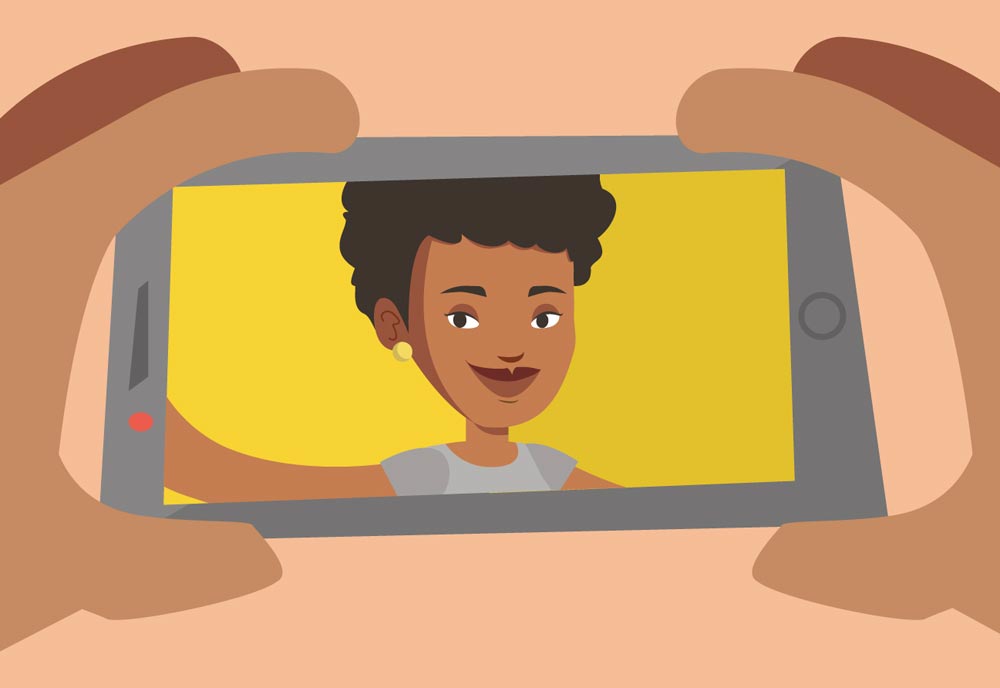“Psssst! Red gyal! Spanish!”
After “family”, those are the greetings I most often get from our always-friendly Trini male population. You may accuse them of being boldfaced, but you can’t say they don’t have a strong grasp of Trini ethnography. Brown skin and curly hair, like mine, usually mean a girl is one of two things: “red” (a white-and-black mix), or “Spanish” (some mix of white, black, Indian, Chinese, or any or all of the above). So Trinis basically have their finger on the ethnic pulse. Step outside of Trinidad, however, and it’s a totally different melting pot.
I guess I should not have been surprised to find people in the United States misclassifying me. I spent the first two years of university in a sleepy New England town, where the school and the neighbourhood were mostly white. Most people thought I was either Latina or South Asian, until they heard me speak. The characteristic Trini singsong is a dead giveaway. But when in my third year I studied in New York and London, cities much more ethnically diverse and complex, I could have been anything. There seemed to be no end to the possibilities of who I was, or the ethnic groups who assumed I was one of them.
In New York, people would start talking to me in Spanish. Not even a preparatory “Hablas español?” They were warm and familiar and treated me like a new neighbour. After sleepwalking through seven years of Spanish in school, I would try to stop them. “Lo siento, no hablo español!” I would protest. They would stare at me, baffled. Looking like this, how could I not be Hispanic, probably Puerto Rican or Dominican? (Actually, this was useful, because I discovered that nobody could work wonders with my hair like the Dominicans.)
But I was claimed by other groups too. Sometimes I was South Asian, sometimes Arab, sometimes even Jewish. Airport security officers regularly pulled me out of queues to see if I was a terrorist. I earned a multi-ethnic nickname: Lupe Muhammed. As politically incorrect as it comes in this xenophobic world, but there you are.
Nobody in London talked to me in Spanish. The Hispanic community there is much smaller, mainly Spanish with a few South Americans. But as I walked among the ethnic shops and neighbourhoods, I collected a whole new set of identities. I was definitely Middle Eastern, right? No, no, she’s North African, can’t you see?
I had the greatest trouble with the Turks, who flatly refused to believe I was not Turkish. One of them even began speaking in Turkish, to see if I would give myself away by betraying some understanding of the language. Another, who ran a Turkish restaurant, was so intrigued that he started making plans to come to Trinidad to see for himself. Like a true Trini, I’m hoping to collect a commission from the Trinidad and Tobago tourist office.
If you look at the ethnic cauldron that is the Caribbean, and the cosmopolitan cities of the north, it’s not hard to see that one day we shall be a beautiful, brown world. No more wrangling over classifications, no more “us-and-them”. So, as a born-and-bred multi-racial Trini Caribbean girl, I am the face of the future. Take dat!?
I suppose there will still be light brown, dark brown, khaki brown, brown with kinky hair or straight hair, brown eyes or green. But I’ll leave that haggling to the next generation, and enjoy my ability to “pass”. At least it gets me a discount at that Turkish restaurant.


















